Ali Eintrazi, the original mind behind the Nexus combo deck, is back with a new take on the deck.
Five-Color Golos is his latest iteration, drawing power from several cards new to the format from Core Set 2020 (M20). The deck is also looking well-positioned in the format and just took home first place at Fandom Legends this week.

Nexus evolution
The Simic Nexus deck that took down Mythic Championship III at the hands of Matias Levaratto hasn’t really changed that much since its win in June. In fact, Ondřej Stráský ran a similar deck at Fandom Legends this week (see that list here).
Simic Nexus was created by Eintrazi in Ravnica Allegiance Standard and quickly rose to fame and infamy. The deck’s main power comes from looping Nexus of Fate on the back on Wilderness Reclamation, which gives you a significant mana advantage. The combo was so powerful that Wizards of the Coast even had to ban Nexus in Arena’s best-of-one Standard format.

Eintrazi’s changes to the deck are significant (here’s the full deck list that took down this week’s competition). It’s actually a five-color deck, although red and white are all from a single copy of Zacama, Primal Calamity in the sideboard. Ultimately, it’s more of a Sultai Nexus deck that takes advantage of a number of powerful black cards to overpower its Simic counterpart.
Going Golos
A good way of summarizing Golos Nexus is that it’s a combination of Simic Nexus and Sultai Scapeshift, but it lacks many iconic cards from both. Instead, it uses the ramp concept present in both to create a matchup that ultimately wins by controlling the board and looping Nexus eventually, rather than as the sole gameplan.
This approach to the game is where Golos Nexus really gets its pizzazz. It gets ahead early with ramp cards in the form of Growth Spiral, Risen Reef, Elven Rejuvenator, and Circuitous Route. Hydroid Krasis provides some reliable card advantage, along with a great blocker against aggro decks.
Getting to five mana is a must for this deck and it transforms pretty dramatically from that point on due to Golos, Tireless Pilgrim, arguably one of the most powerful cards added in M20. The ability to search for any land in your deck provides a reliable way to play Field of the Dead, which gets your zombie flow moving.

Land is also crucial—and this deck runs 30. All of them, except Field of the Dead, have one or two copies in the deck, meaning you’ll have lots of ways to bring Field of the Dead online and hit your land drops.
The ultimate gameplan is to grind out value long enough until you can start looping Nexus and attacking past an exhausted defense.
The deck doesn’t rush to Nexus with Wilderness Reclamation and it doesn’t care about making 30 zombies on a single turn using Scapeshift. Instead, it just says “I’ll get there eventually, probably about when you run out of steam.”
Sideboarding is critical
Golos Nexus has a good matchup from the main deck, but it also has a very transformative sideboard. Eintrazi opts for a mixture of outright hate cards like Cerulean Drake and Noxious Grasp, coupled with meta-snipers like Legion’s End.
Then, he adds a variety of threats:
- Narset, Parter of Veils shuts down card draw.
- Yarok, the Desecrated doubles most of your triggers.
- Agent of Treachery steals your opponent’s best permanents.
- Liliana, Dreadhorde General is just pure gas for everything this deck does.
- Zacama, Primal Calamity generally wins games if you can cast it, which Golos lets you do for free.

To be clear, Eintrazi is still working on this deck and it’ll likely see more changes in the coming days and weeks. Judging by his Stream Decker page, this week’s victory is the result of over a month of hard work.
Mythic Championship V is still two months away, but Standard is shaping up to be quite an interesting field with new decks like this one coming out of the woodwork with great showings. What’s next, a Flood of Tears Omniscience combo?


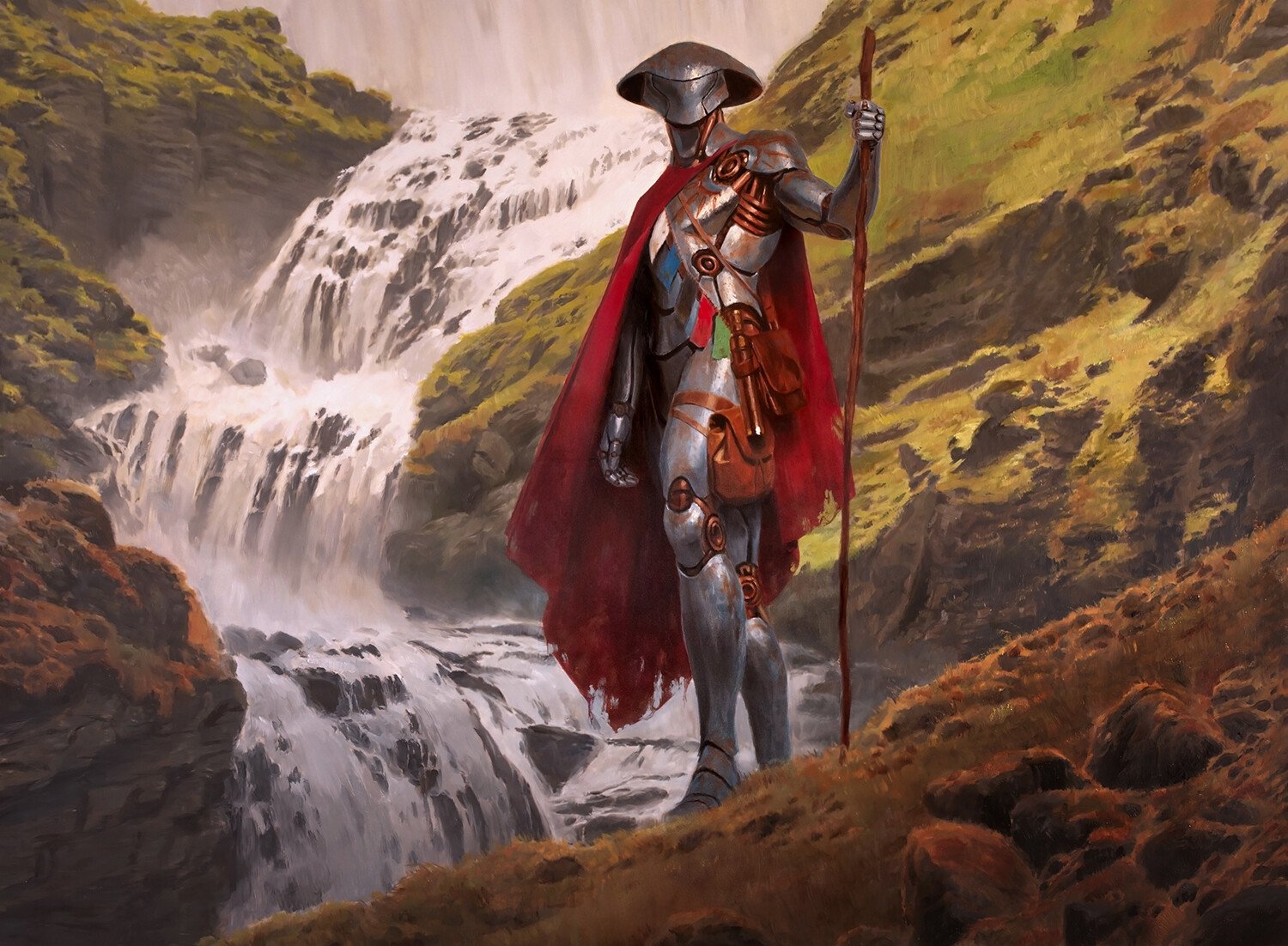
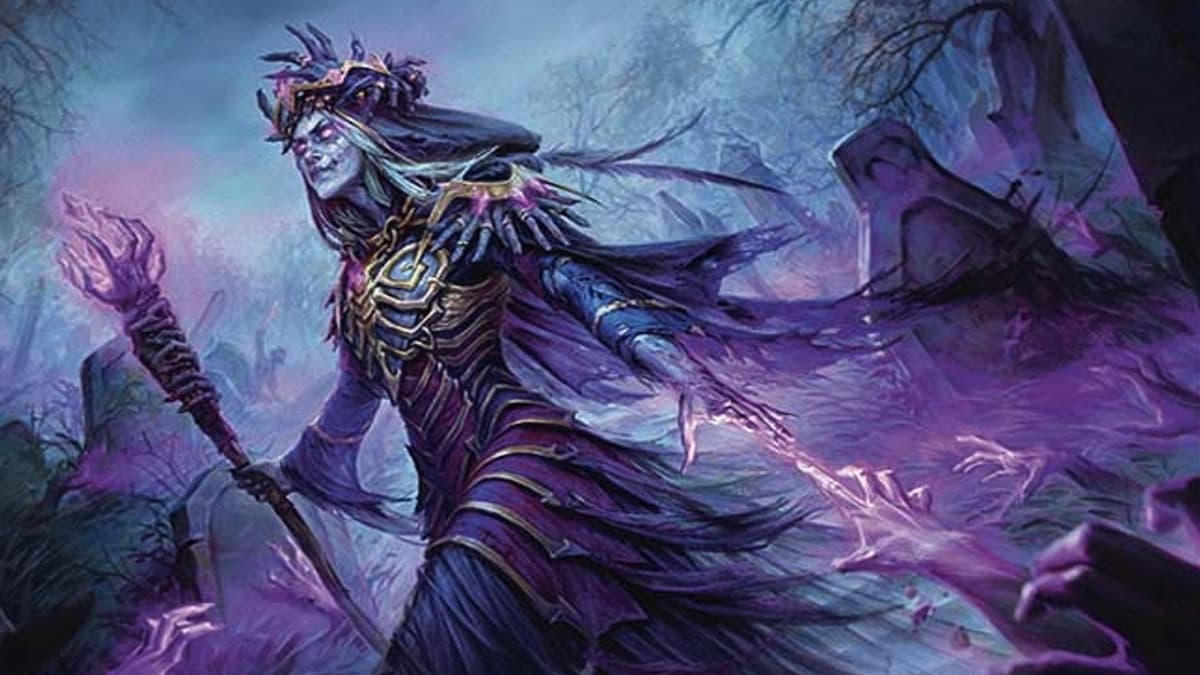
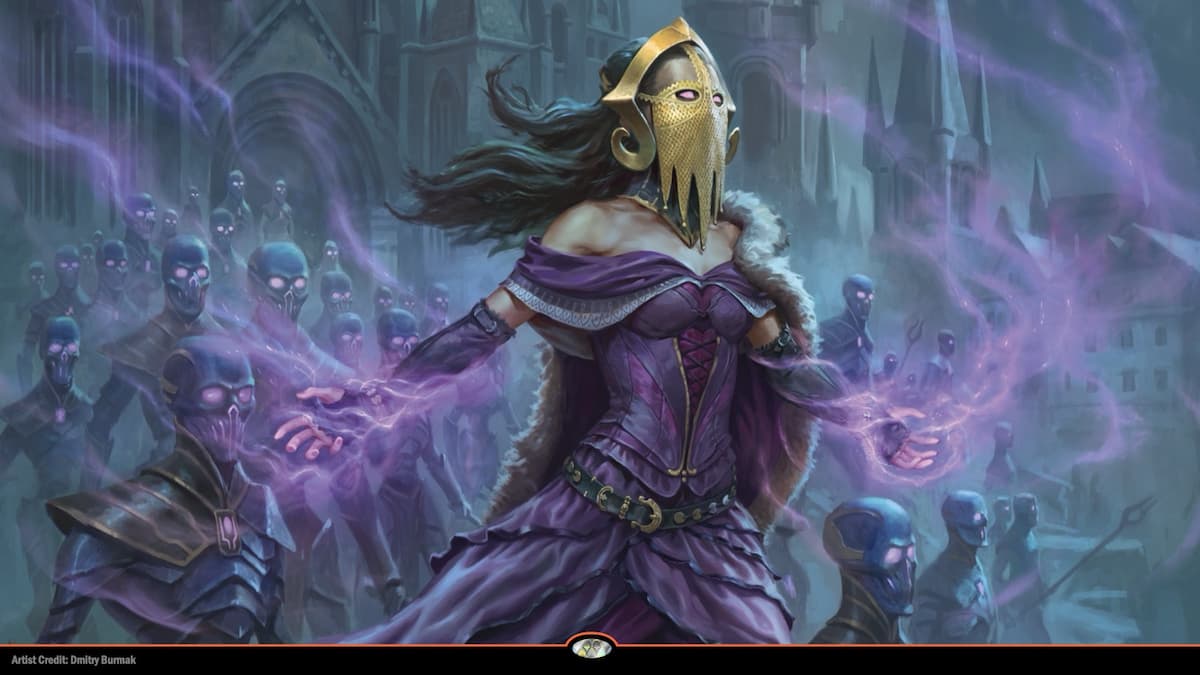
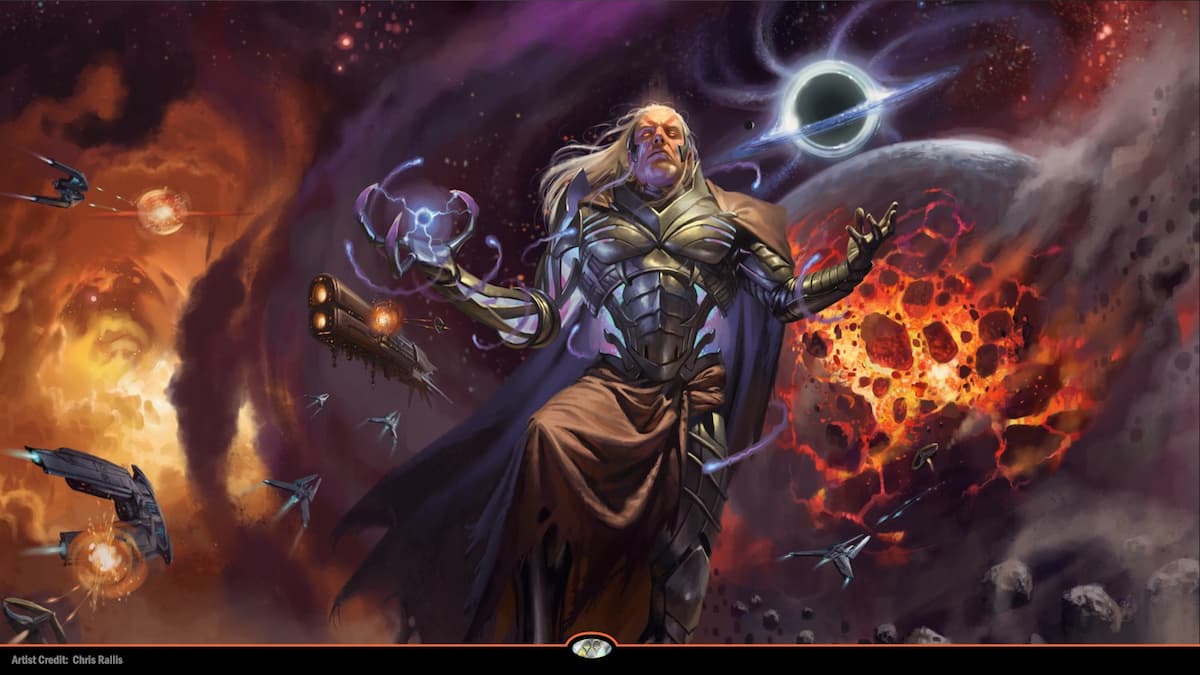

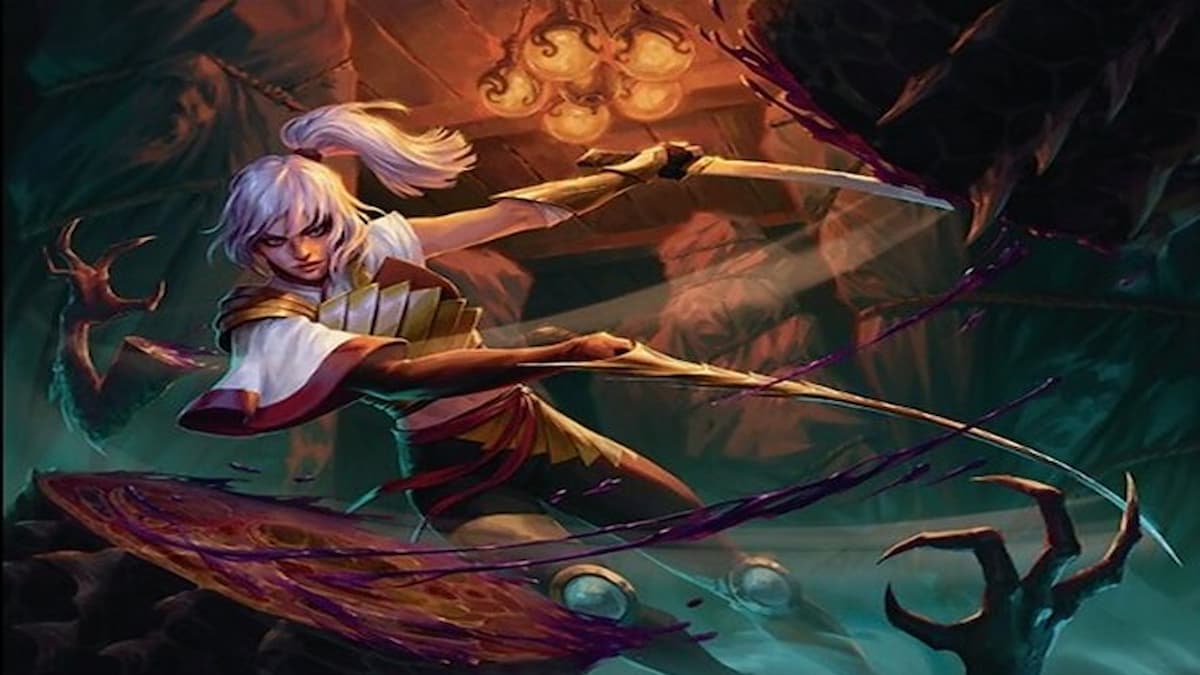




Published: Aug 23, 2019 11:51 am